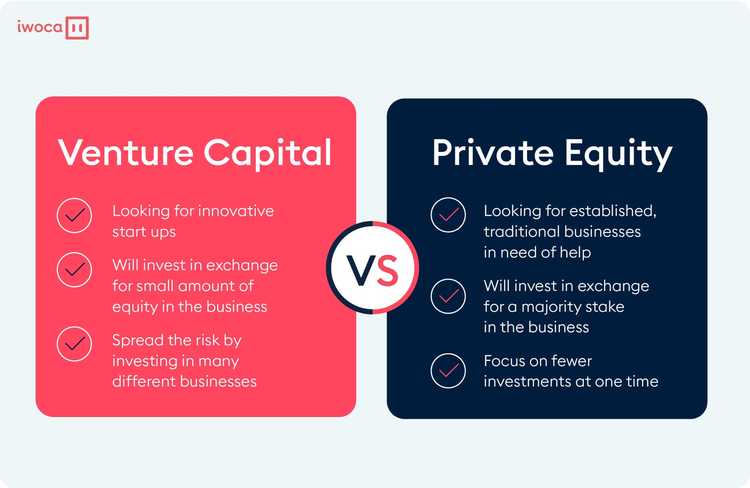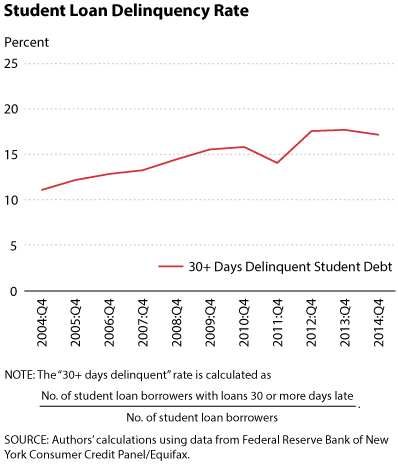Gambling On Disaster: The Case Of The LA Wildfires

Table of Contents
Development and Wildfire Risk: A High-Stakes Bet
Urban sprawl in Los Angeles County has dramatically increased the risk of devastating wildfires. The expansion of housing and infrastructure into increasingly wildland-urban interface (WUI) areas creates a dangerous combination of flammable materials and potential ignition sources. This is a reckless gamble, with dire consequences.
- Increased Ignition Sources: Power lines, improperly maintained electrical equipment, and discarded cigarettes are common culprits in starting wildfires, especially in densely populated areas bordering undeveloped land. These are easily preventable risks.
- Reduced Defensible Space: Many homes in WUI areas lack adequate defensible space – the area around a structure cleared of flammable vegetation – making them vulnerable to rapid fire spread. This neglect significantly increases the probability of property loss.
- Increased Fuel Loads: Dense housing developments often lead to an accumulation of dry vegetation, providing ample fuel for rapidly spreading wildfires. This lack of proactive fuel management acts as a catalyst for uncontrolled fires.
- Higher Property Values at Risk: The escalating cost of homes in desirable, yet fire-prone areas, dramatically increases the financial stakes of this gamble. The potential for massive property damage and loss represents a significant economic risk.
Recent LA wildfires have resulted in billions of dollars in property damage and countless lost homes. The Woolsey Fire in 2018, for example, destroyed over 1,600 structures, highlighting the immense financial and personal costs of this dangerous gamble.
Climate Change: Loading the Dice Against Us
Climate change is loading the dice against us, intensifying the wildfire threat in Los Angeles. The combination of rising temperatures, prolonged droughts, and stronger winds creates a perfect storm for more frequent, intense, and longer-lasting wildfires.
- Increased Temperatures: Higher temperatures dry out vegetation, turning it into easily combustible fuel. This makes even the smallest spark capable of igniting a major wildfire.
- Longer and More Severe Droughts: Extended periods of drought severely weaken plant life, making forests and vegetation highly susceptible to fire. This dramatically reduces the time needed for a wildfire to take hold and spread.
- Stronger Winds: Increased wind speeds significantly accelerate the spread of wildfires, making them much harder to contain and control, increasing the area burned and the overall devastation.
- Changes in Precipitation Patterns: Unpredictable rainfall patterns increase the risk of both drought and flash flooding, both of which can contribute to wildfire risk.
Numerous scientific studies, including reports from the IPCC (Intergovernmental Panel on Climate Change), confirm the strong link between climate change and increased wildfire activity globally, including in Los Angeles. This isn't just speculation; it's a scientifically proven reality. Wildfires create a positive feedback loop, releasing carbon dioxide and further accelerating climate change, creating a dangerous cycle.
Forest Management and Fire Prevention: Hedging Our Bets
Effective forest management is crucial in mitigating wildfire risk. However, the current approach in LA County faces challenges and requires significant improvement. This lack of proactive management further increases our gamble with wildfire disaster.
- Controlled Burns and Prescribed Fire: Carefully planned and executed controlled burns can reduce fuel loads and prevent larger, more destructive wildfires. However, these methods require careful planning and execution to prevent accidental escapes.
- Fuel Reduction Strategies: Thinning forests and clearing underbrush reduces the amount of available fuel for wildfires. This proactive approach significantly reduces the intensity and spread of wildfires.
- Early Detection and Rapid Response Systems: Improved early detection systems, coupled with swift and effective response strategies, are vital to containing wildfires before they grow out of control. This requires a robust network of monitoring and response teams.
- Public Education Campaigns: Educating the public about wildfire safety, defensible space, and evacuation procedures is essential for mitigating risk and ensuring community preparedness. Effective communication is key.
The challenges include balancing ecological concerns with wildfire prevention, obtaining necessary funding, and navigating public perception of controlled burns. However, successful prevention strategies, like those employed in certain areas of California, demonstrate the potential for effective risk reduction.
Insurance and Economic Consequences: The Cost of the Gamble
The economic cost of wildfires in Los Angeles is staggering, impacting individuals, communities, and the insurance industry. The long-term consequences of repeated wildfires pose a significant threat to the regional economy.
- Rising Insurance Premiums: Homeowners in high-risk areas face soaring insurance premiums, making insurance unaffordable for many. This creates an unequal burden on vulnerable populations.
- Increased Costs of Rebuilding and Recovery: The cost of rebuilding homes and infrastructure after a wildfire is incredibly high, often exceeding insurance coverage. This leads to long-term financial hardship for many survivors.
- Economic Disruption Due to Evacuations and Business Closures: Wildfires disrupt businesses, leading to job losses and significant economic losses for entire communities. This impact can be felt for years after the fire.
- The Role of Government Disaster Relief Programs: Government assistance is crucial in the aftermath of a wildfire, but resources are often strained and may not fully address the needs of affected communities.
The affordability and accessibility of wildfire insurance are critical issues. The long-term economic consequences of repeated wildfire events pose a significant threat to the stability of Los Angeles.
Conclusion
The ongoing wildfire crisis in Los Angeles is a dangerous gamble with devastating consequences. We are risking lives, property, and the very fabric of our communities by neglecting crucial preventative measures. The combination of unchecked development in fire-prone areas, the exacerbating effects of climate change, and inadequate forest management creates a recipe for disaster. We must stop "gambling on disaster."
This requires a multi-pronged approach. We must support responsible land management policies, advocate for stricter building codes in WUI areas, invest in effective early detection and response systems, and, critically, take urgent action to mitigate climate change. Get involved: educate yourself about wildfire risks in your community, support responsible land management policies, and advocate for climate action to reduce the likelihood of future disasters. Together, we can change the odds and create a safer future for Los Angeles. Let's stop gambling on disaster and build a resilient community.

Featured Posts
-
 Piston Vs Knicks A Season Head To Head Comparison
May 17, 2025
Piston Vs Knicks A Season Head To Head Comparison
May 17, 2025 -
 Sheyenne Highs Eagleson Outstanding Science Educator
May 17, 2025
Sheyenne Highs Eagleson Outstanding Science Educator
May 17, 2025 -
 Celtics 6 1 Billion Sale To Private Equity What It Means For The Franchise And Fans
May 17, 2025
Celtics 6 1 Billion Sale To Private Equity What It Means For The Franchise And Fans
May 17, 2025 -
 Government Crackdown On Delinquent Student Loans What Borrowers Need To Know
May 17, 2025
Government Crackdown On Delinquent Student Loans What Borrowers Need To Know
May 17, 2025 -
 Jalen Brunsons Return Knicks Pistons Playoff Hopes Rise
May 17, 2025
Jalen Brunsons Return Knicks Pistons Playoff Hopes Rise
May 17, 2025
